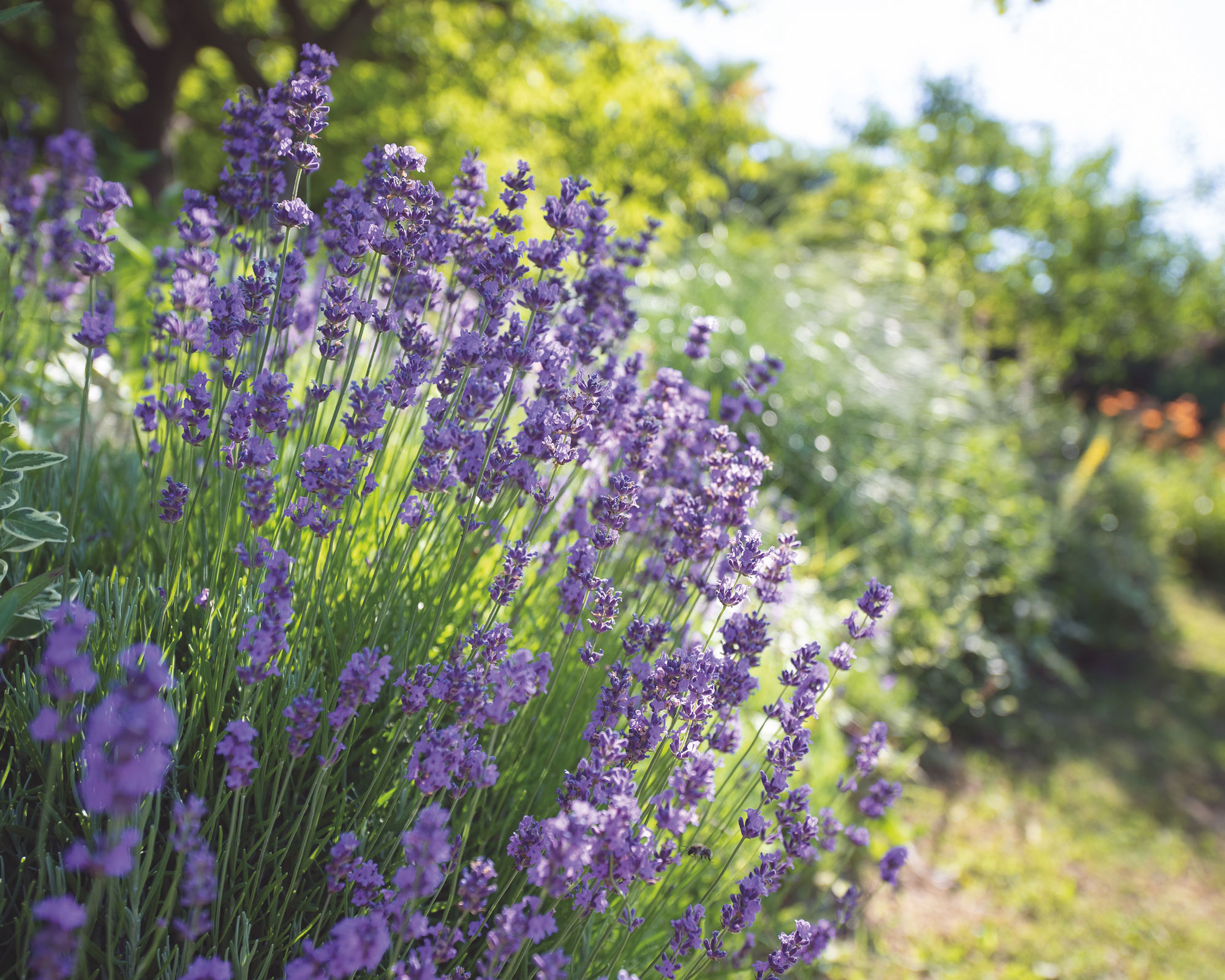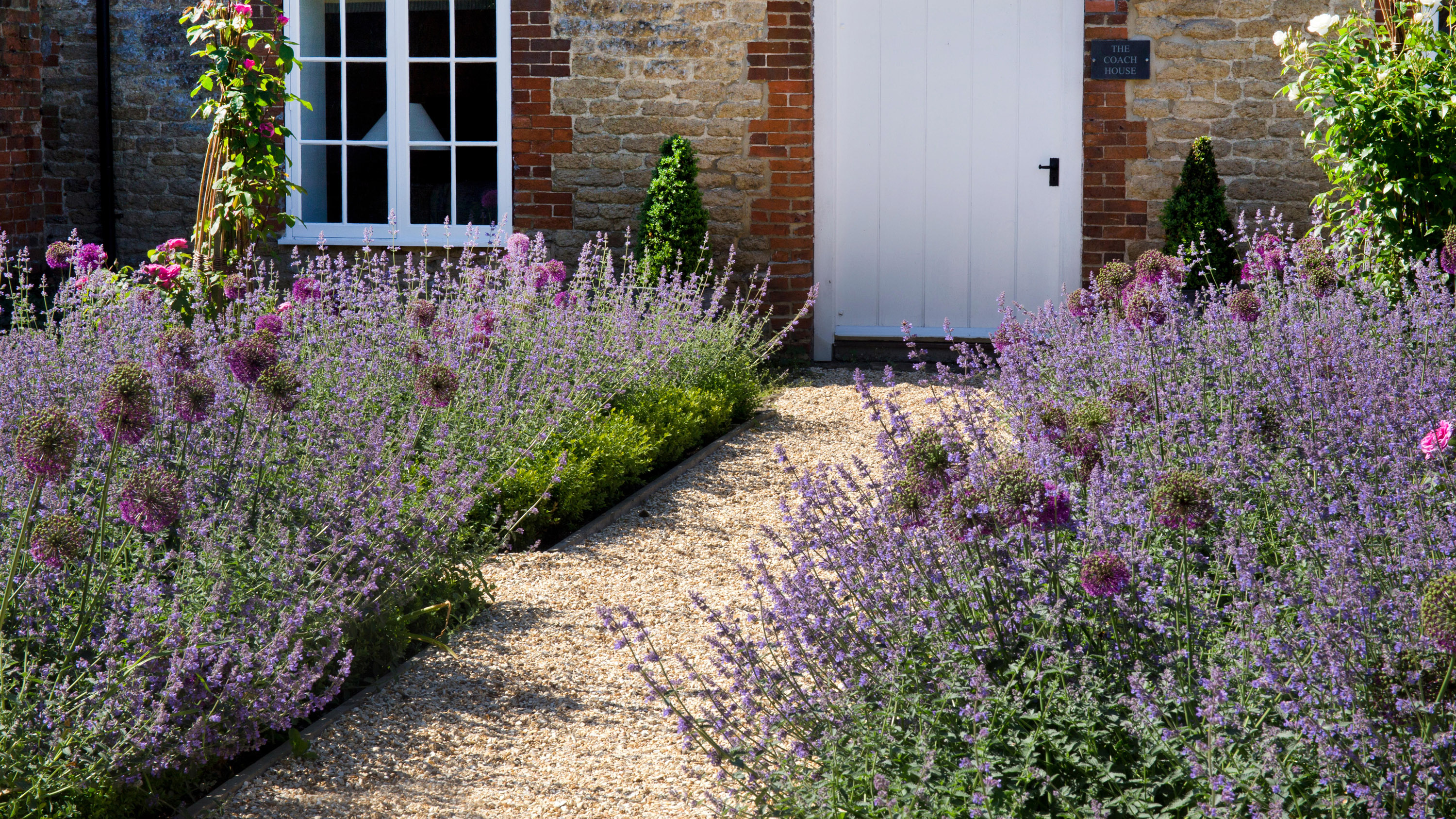“`html
When to plant Lavender: A Comprehensive Guide
When to Plant Lavender: A Comprehensive Guide
Lavender, with its fragrant blooms and silvery foliage, is a beloved addition to gardens worldwide. However, achieving lavender success hinges on one crucial factor: timing. Knowing precisely when to plant lavender is essential for establishing healthy, thriving plants that will reward you with years of aromatic beauty. This comprehensive guide will delve into the nuances of lavender planting, considering various climates, soil types, and regional variations.
Understanding Lavender’s Growth Cycle
Before diving into specific planting times, it’s vital to grasp lavender’s growth cycle. Lavender is a Mediterranean native, accustomed to warm, dry summers and cool, wet winters. Understanding these preferences is key to replicating its ideal growing conditions.

Lavender primarily grows in two phases: active growth and dormancy. Active growth occurs during the warmer months, when the plant produces new foliage and flowers. Dormancy sets in during the colder months, when growth slows or ceases entirely. Planting lavender during its active growth phase or just before it begins is generally recommended.
Spring Planting: A Popular Choice
The Advantages of Spring Planting
Spring is often considered the optimal time to plant lavender, particularly in regions with cold winters. As the soil warms and the threat of frost diminishes, lavender plants have ample time to establish their root systems before the intense heat of summer arrives. This allows them to withstand the summer stress more effectively.
Spring planting also allows lavender to benefit from the increasing daylight hours and warmer temperatures, which stimulate vigorous growth. The plants will have a longer growing season to develop strong roots and produce abundant blooms.
When to Plant in Spring
The precise timing of spring planting depends on your local climate. In general, aim to plant lavender after the last frost date, when the soil temperature has reached at least 60°F (15°C). This typically occurs in late April or May in many temperate regions. Check your local weather forecasts and gardening resources for specific recommendations.

In regions with mild winters, spring planting can begin earlier, as soon as the soil is workable. However, it’s crucial to ensure that the risk of frost has passed, as young lavender plants are susceptible to frost damage.
Autumn Planting: An Alternative Approach
The Benefits of Autumn Planting
Autumn planting offers several advantages, particularly in regions with mild winters and hot, dry summers. Planting lavender in autumn allows the plants to establish their root systems before the onset of winter, giving them a head start in spring.
Autumn planting also avoids the stress of summer heat, which can be detrimental to young lavender plants. The cooler temperatures and increased rainfall in autumn provide ideal conditions for root development.
When to Plant in Autumn
The optimal time for autumn planting is typically 6-8 weeks before the first expected frost. This allows the lavender plants sufficient time to establish their roots before the ground freezes. In many regions, this falls between September and October.
In regions with mild winters, autumn planting can extend into November. However, it’s essential to ensure that the plants have enough time to establish their roots before the onset of consistently cold weather.
Regional Variations in Planting Times
Cold Climates
In regions with harsh winters, spring planting is generally preferred. The soil warms up slowly, and the risk of frost extends later into the season. It’s crucial to wait until the soil temperature has reached at least 60°F (15°C) before planting. Spring planting allows lavender to establish strong roots before the first frost of autumn.
Autumn planting in cold climates is risky, as young lavender plants may not have enough time to establish their root systems before the ground freezes. If you choose to plant in autumn, it’s crucial to do so early enough and provide adequate winter protection, such as mulching.
Temperate Climates
Temperate climates offer more flexibility in planting times. Both spring and autumn planting can be successful. Spring planting allows lavender to benefit from the longer growing season, while autumn planting avoids the stress of summer heat.
The optimal planting time in temperate climates depends on the specific microclimate and soil conditions. It’s essential to monitor local weather forecasts and gardening resources for guidance.
Hot, Dry Climates
In hot, dry climates, autumn planting is often preferred. The cooler temperatures and increased rainfall in autumn provide ideal conditions for root development. Spring planting can be challenging due to the rapid onset of summer heat and drought.
If spring planting is necessary, it’s crucial to do so early in the season, before the temperatures become too hot. Provide adequate irrigation and mulching to help the plants establish their roots.
Coastal Climates
Coastal climates often experience milder winters and cooler summers, offering more flexibility in planting times. Both spring and autumn planting can be successful. The moderating influence of the ocean helps to regulate temperatures and reduce the risk of extreme weather events.
The optimal planting time in coastal climates depends on the specific microclimate and soil conditions. It’s essential to monitor local weather forecasts and gardening resources for guidance.
Soil Considerations for Planting Time
Well-Drained Soil
Lavender thrives in well-drained soil. Poor drainage can lead to root rot and other problems. Regardless of the planting time, it’s essential to ensure that the soil is well-drained. Amend the soil with compost or other organic matter to improve drainage.
If your soil is heavy clay, consider planting lavender in raised beds or containers to improve drainage. Sandy soils drain quickly, which can be beneficial for lavender, but may require more frequent watering.
Soil pH
Lavender prefers slightly alkaline to neutral soil pH. Test your soil pH before planting and amend it if necessary. Lime can be added to raise the pH of acidic soils.
A soil pH of 6.5 to 7.5 is generally considered ideal for lavender. However, lavender can tolerate a wider range of pH levels, depending on the specific cultivar.
Planting Techniques for Optimal Growth
Choosing Healthy Plants
Select healthy, vigorous lavender plants from a reputable nursery. Look for plants with well-developed root systems and healthy foliage. Avoid plants with signs of disease or pests.
Consider purchasing lavender plants in containers, as they are easier to transplant and establish. Bare-root lavender plants can also be successful, but they require more care and attention.
Preparing the Planting Site
Choose a sunny location with well-drained soil. Prepare the planting site by loosening the soil and amending it with compost or other organic matter. Dig a hole that is twice as wide and as deep as the root ball of the lavender plant.
If planting multiple lavender plants, space them according to the mature size of the cultivar. Consult the plant label or nursery information for specific spacing recommendations.
Planting and Watering
Carefully remove the lavender plant from its container and place it in the planting hole. Ensure that the top of the root ball is level with the soil surface. Backfill the hole with soil and gently firm it around the plant.
Water the newly planted lavender thoroughly to settle the soil and provide moisture to the roots. Avoid overwatering, as lavender prefers dry conditions.
Mulching
Mulching around lavender plants helps to retain moisture, suppress weeds, and regulate soil temperature. Use a light-colored mulch, such as gravel or straw, to avoid overheating the soil.
Avoid using heavy mulches, such as bark or wood chips, as they can retain too much moisture and lead to root rot.
Ongoing Lavender Care
Watering
Once established, lavender is drought-tolerant and requires minimal watering. Water deeply and infrequently, allowing the soil to dry out between waterings. Overwatering can lead to root rot.
During periods of prolonged drought, provide supplemental watering to prevent the plants from wilting. However, avoid overwatering, as lavender prefers dry conditions.
Pruning
Pruning is essential for maintaining the shape and vigor of lavender plants. Prune lavender in early spring, before new growth begins. Remove any dead or damaged stems and shape the plant as desired.
Avoid pruning lavender too late in the season, as this can stimulate new growth that is susceptible to frost damage. Light pruning can also be performed after flowering to encourage repeat blooming.
Fertilizing
Lavender generally does not require heavy fertilization. A light application of compost or a balanced fertilizer in spring is sufficient. Avoid over-fertilizing, as this can lead to excessive foliage growth and reduced flowering.
Lavender prefers lean soils, so avoid using fertilizers that are high in nitrogen. A soil test can help determine the specific nutrient needs of your lavender plants.
Conclusion
Planting lavender at the right time is crucial for establishing healthy, thriving plants. By understanding lavender’s growth cycle, considering regional variations
